Most of us go through life without realising that everyday things that we consider to be “normal”, could well be the things that are making us sick.
Yes, I’m talking about your shampoo and lipstick and household cleaning products! It’s actually quite incredible how many bad things our beauty products contain, but we have been brought up to believe that washing our hair with a chemical mix of carcinogens (cancer-causing substances) is how it’s meant to be!
Well, I’m here to tell you that that’s just not normal, we don’t NEED any of those things, we can easily get by with using homemade or store-bought NATURAL products.
What exactly is your beauty products?
This is a great video to watch, it will only take a few minutes of your time!
Please bear in mind, not everything in shops that has the label “natural” or “organic” is 100% so. Don’t remember the exact rule, but I’ve seen “natural” products that contained stuff like SLS and more! So what do you do? I’ll give you a list (see below) of the worst ingredients you can find, and now it’s up to you to check the labels!
Alternatively, which is what I would recommend, you can check out some of my posts on how to make your own, totally natural products:
How to make bicarbonate soda shampoo (best choice!)
How to make rhassoul clay shampoo (Moroccan volcanic ash)
How to make natural make up remover using just one ingredient
How to make natural deodorant using just one ingredient
I DARE YOU…to try a natural shampoo for a whole week. Yes, your hair may not get used to it at first, BUT…if you go back to “normal” shampoo after that week, your head will seriously itch. If only you would give your body a chance to clean itself of the toxins it’s been bearing with for so many years, you will be able to feel what it REALLY thinks of chemical stuff.
The bad ingredients in your beauty products:
Sodium Lauryl Sulfate (SLS) & Sodium Laureth Sulfate (SLES)
“…both SLS and SLES can cause malformation in children’s eyes. Other research has indicated SLS may be damaging to the immune system, especially within the skin. Skin layers may separate and inflame due to its protein denaturing properties. It is possibly the most dangerous of all ingredients in personal care products. Research has shown that SLS when combined with other chemicals can be transformed into nitrosamines, a potent class of carcinogens, which causes the body to absorb nitrates at higher levels than eating nitrate-contaminated food.” (American College of Toxicology)
“SLS stays in the body for up to five days…Other studies have indicated that SLS easily penetrates through the skin and enters and maintains residual levels in the heart, the liver, the lungs and the brain. This poses serious questions regarding its potential health threat through its use in shampoos, cleansers and toothpaste.” (American College of Toxicology)
“…in tests, animals that were exposed to SLS experienced eye damage, along with depression, laboured breathing, diarrhoea, severe skin irritation and corrosion and death.”
DEA (diethanolamine) MEA (monoethanolamine) TEA (triethanolamine)
Look for names like Cocoamide DEA/MEA, Lauramide DEA, etc. Suspected carcinogen
Formaldehyde
Yep, that stuff that they use to preserve dead bodies – eww! Formaldehyde has been classified as a human carcinogen by the International Agency for Research on Cancer and as a probable human carcinogen by the U.S. Environmental Protection Agency.
Formaldehyde-releasing ingredients are in almost all beauty products, from deodorants to nail polish. It may irritate the respiratory system, cause skin reactions and allergies, trigger heart palpitations, as well as cause joint pain, depression, headaches, chest pains and aggravation of asthma, ear infections, chronic fatigue, dizziness and loss of sleep.
Look out for the following formaldehyde releasers: Paraformaldehyde, benzylhemiformal, 2-bromo-2-nitropropane-1,3-diol, 5-bromo-5-nitro-1,3-dioxane, diazolidinyl urea, imidazolidinyl urea,
Quaternium-15, DMDM Hydantoin, sodium hydroxymethyl glycinate, and Methenamine

Parabens
They interfere with hormone functions by mimicking estrogen, and can disrupt male reproductive functions. It has been estimated that women are exposed to 50 mg per day of parabens from cosmetics.
The most common parabens include: methylparaben, butylparaben, and propylparaben. Other chemicals in this class generally have “paraben” in their names (e.g., isobutylparaben, ethylparaben, etc.)
PEGs (polyethylene glycols)
PEGs may be contaminated with measurable amounts of ethylene oxide and 1,4-dioxane. Ethylene oxide is a known human carcinogen and 1,4-dioxane as a possible human carcinogen (The International Agency for Research on Cancer). Can also harm the nervous system. 1,4-dioxane stays in the environment for long after it washes down the drain, further harming the Earth.
Related chemicals: propylene glycol and other chemicals containing the letters “eth” (e.g., polyETHylene glycol).
Final thought
That’s enough to get you started, there are too many names to learn anyway. I actually walked around with a sheet full of chemicals, and to my disappointment, only one or two brands were actually “natural” (e.g. Avalon Organics), but there are still a few that are pretty good.
Also, I can’t avoid mentioning the impact that beauty products and cleaning products have on the environment. All of those toxins get washed down the sink and go straight to the rivers and oceans, where they affect the local flora and fauna. And then we wonder why the local lake’s goldfish have mutated…
Here’s a list of natural beauty products I have personally used that I would recommend:
Avalon Organic – this is my favourite brand for shampoo and conditioner. They have lots of different smells and it’s the cleanest product I’ve found. They also do hand soaps etc.
Jason – not my favourite for hair products (their conditioner is absolutely useless), but I love their rose hand soap and body wash.



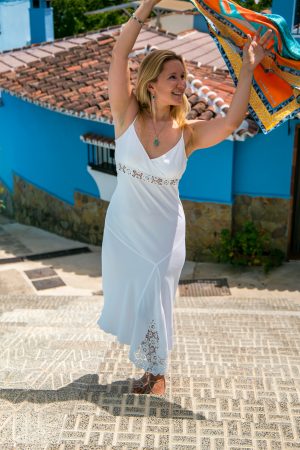
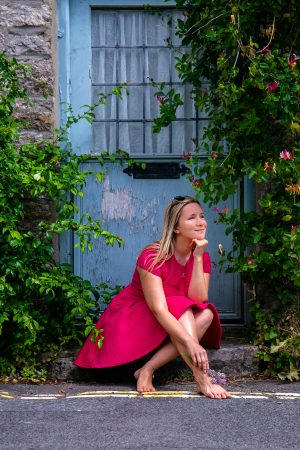
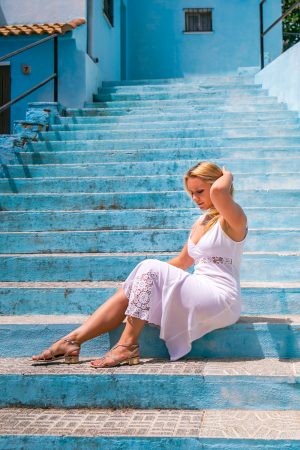
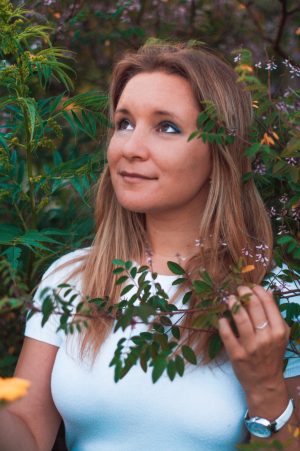



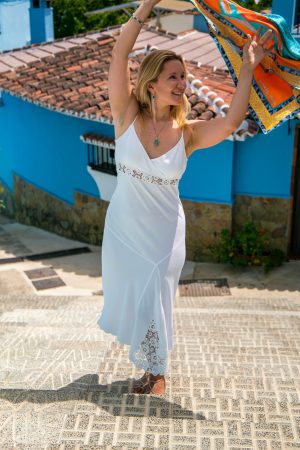

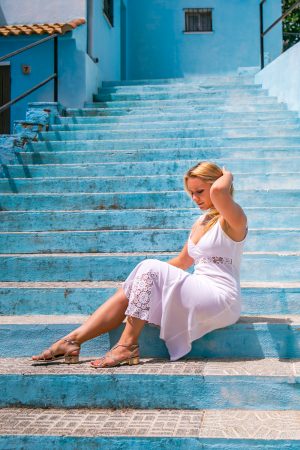
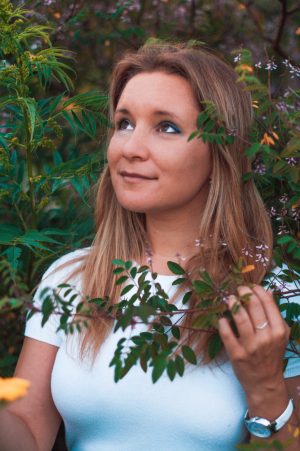




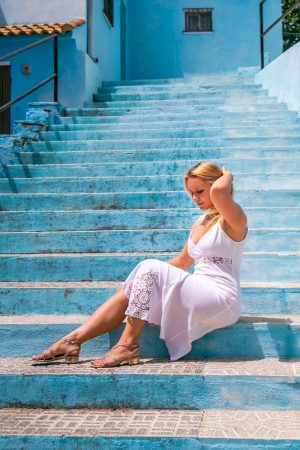

This Post Has 6 Comments
Pingback: Sustainable Beauty: The Advantages of Choosing Vegan Cosmetics - Live Love Raw
Pingback: How To Make Natural Rhassoul Clay Shampoo
Well I tried your bicarb “shampoo” and my hair came out like straw. I couldn’t get the knots out. Surely it should have been followed with a vinegar or lemon rinse to soften the hair? What do you do to counteract this?
Regards
Christine
Hi,
Yes, apple cider vinegar is a good “conditioner”, though I just used natural conditioners. But it also depends on the type of hair you have, and also how long you’ve been doing it for. For example, my hair is very thin and blonde, so it went dry or straw-like for the first few weeks, and then my hair got used to it and it was amazing. Other people may have a different reaction, there’s no one recipe that fits alL 🙂 I would also not use the same shampoo/alternative for more than a few years, the hair likes a change every now and then. Hope you find what fits you best!
Thanks…now I have to go throw out all of my shampoos, haha! No but really, this opened my eyes to a lot of thins…
~ Bernard Sleijster
Pingback: How to make natural shampoo using rhassoul clay - Live Love Raw